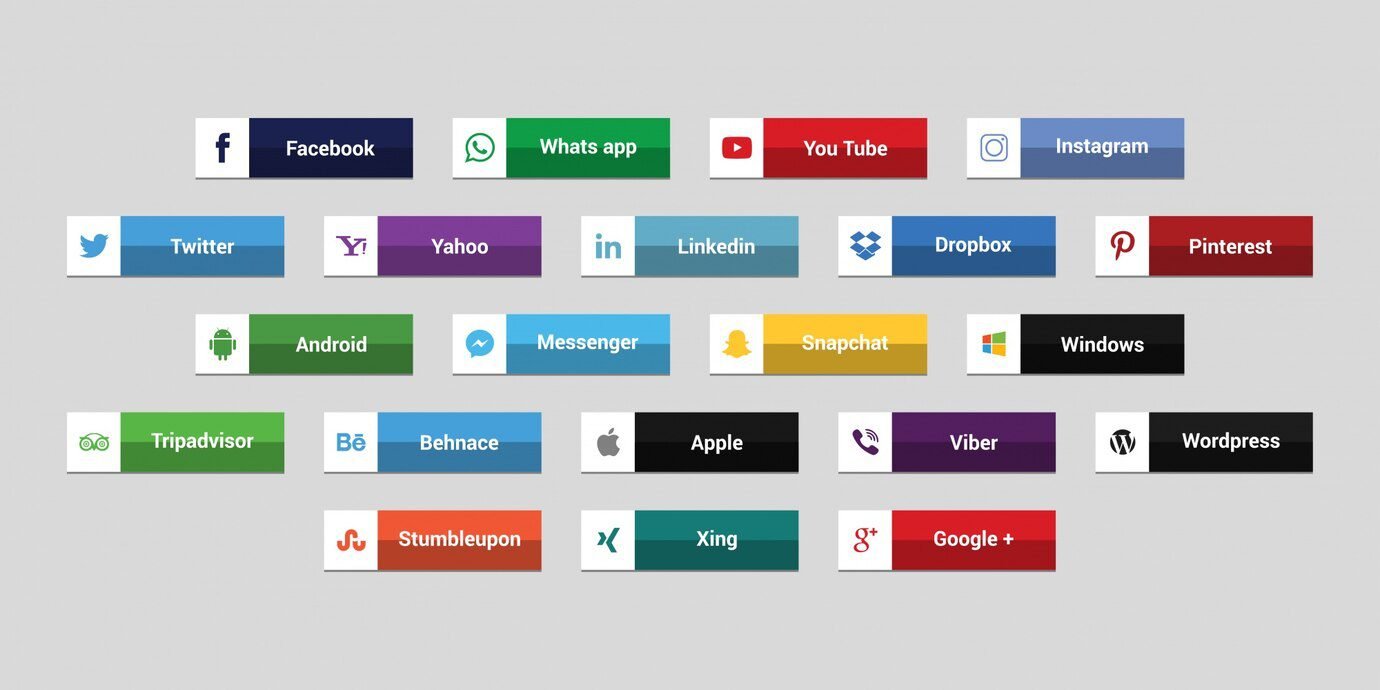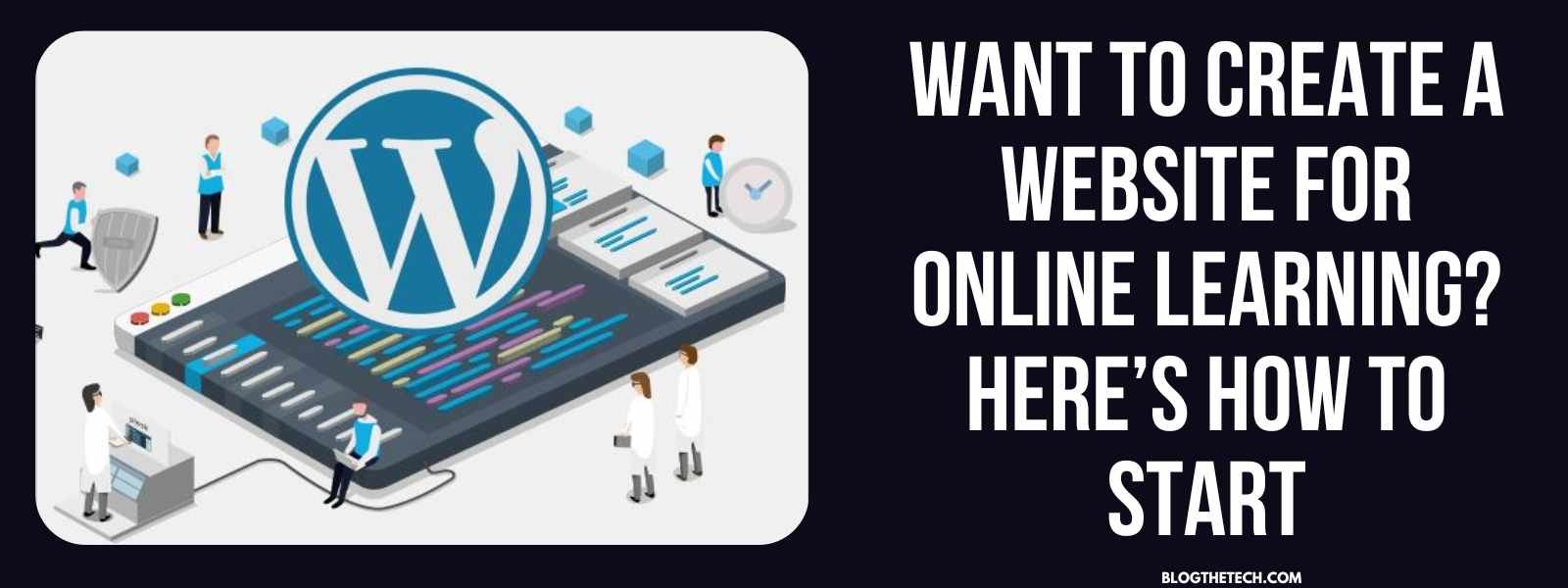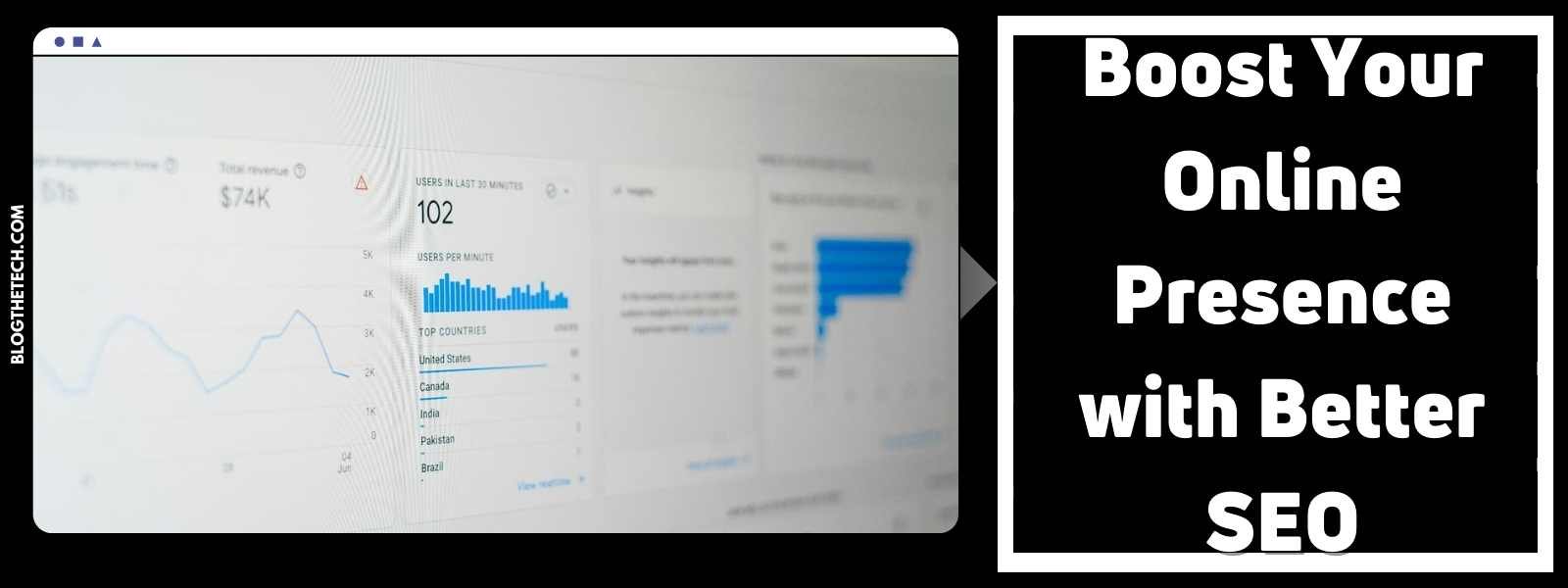Are you a small business owner trying to create an online presence for your company? Every business needs a professional, high-quality, helpful website, but creating and maintaining a website isn’t always easy or intuitive. If you’ve never set up or designed a site before, there’s a lot to learn. Creating a professional-looking website involves developing design skills, learning about the technical aspects of websites, and learning basic SEO practices.
In addition, you also need to learn about the various design elements that will contribute to your site’s overall design, functionality, and user experience. That’s a lot for small business owners who are already short on time. Consider hiring someone to help you with technical support, brainstorming, and web design Sydney for the best results. Regardless of who you have on your team, however, you will want to consider including these nine essential design elements in your site:
1. Purpose and Design
Before you begin designing your website, it’s essential to have a clear idea of what you want. Clearly defining the purpose of your website and identifying your target audience sets the foundation and allows the website designer, whether that’s you or someone you have hired, to create exactly what you need.
When planning your website, make sure you focus on simplicity and ease of use. A clean and intuitive design, consistent color schemes, typography, and an organized layout are crucial for a professional appearance. Make sure your users can simply and intuitively move around the site. Frustrated internet visitors will quickly leave your site and find one that is easier to use.
2. Optimizing for Mobile Access
One aspect of website design that many beginners don’t consider is mobile access. Most websites are now accessed more often from mobile devices such as cell phones than they are from computers. This is why it’s essential to ensure your website is responsive to various devices, especially mobile phones and tablets. When you’re choosing a website host and design template, make sure it is set up to optimize your website for mobile access automatically. This includes resizing images and rearranging the formatting to better fit screens on mobile devices.
3. Utilize Branding Design Elements
Branding design elements help your customers begin recognizing your style. Having a recognizable brand style creates a cohesive image. Create or commission the creation of a professional logo that represents your brand. Choose colors and a style for your business and maintain consistent branding elements throughout the website. Also, make sure that you use these elements in physical items such as signs and brochures. This creates a recognizable presence for your business both online and in person.
4. Interaction and Engagement
Your marketing will be more successful if you can increase interaction and engagement with your customers. Engaged customers are more likely to stick around, comment, share your content, and make purchases. One way to do this is by placing calls to action on your website as well as in your content and advertisements. A clear call-to-action (CTA) guides visitors and encourages them to take desired actions. Strategic placement of CTAs enhances user interaction and engagement.
5. Communication and Contact
Another way to increase engagement with your customers is by making sure it’s easy for them to communicate with you. Provide easily accessible contact information, including your address email information, business hours, and a contact form for user inquiries. In addition, make sure that you or your team regularly and quickly respond to comments and questions on your social media pages and accounts.
You should also create an “About Us” page on your website. Use this to share information about your company, team, and mission. This page helps your customers understand who you are and builds trust and connection with your audience.
6. Easy Navigation and Speedy Loading
User-friendly navigation will be one of the most important parts of your successful website. If it’s difficult, frustrating, or confusing to find things on your site, most users will simply leave and go to your competitors. Visitors will spend more time on sites with simple, clear, understandable menus and links. When you’re designing your site, create a logical and easy-to-follow navigation structure with a clear menu and relevant categories. If you aren’t sure how to do this, visit a few of your favorite websites and model your website navigation on their site map. (Make sure not to copy other sites outright, however.)
Besides ease of navigation, speed is another factor that will influence how long people will stay on your site. If your site loads too slowly, many people will leave before they’ve even looked around. When you are choosing your site template and building your site, take pains to ensure it loads as quickly as possible. Optimize loading speed by compressing images and minimizing HTTP requests. Minimize plug-ins and other features that aren’t absolutely necessary, as they will slow down loading speed significantly.
7. Security and Analytics
You should also prioritize security by having an SSL certificate for secure connections (HTTPS) and keeping software updated for patching vulnerabilities. SSL certificates are now easy to get and all websites should have one. Not only will this ensure your visitors are safer, but it will also help your site be promoted higher in search engines.
Also, prioritize data and analytics. Take advantage of web analytics tools and analytics programs, especially free ones, to track user behavior on your site. This allows you to make informed, data-driven improvements to your site over time. Keep careful records and make changes where needed. Use analytics to help you decide what social media platforms and marketing strategies bring you the best results and spend most of your time and effort on those areas.
8. Integration with Social Media

Once you have your website set up and have opened a few social media accounts for your business, you should start thinking about integration. Integrate social media profiles and add social sharing buttons to enhance your online presence. When you write a blog post or create content on social media, convert that content so that it can easily be shared on all your platforms. Some programs or websites are available to make this more intuitive. This allows you to spend less time on content creation and get more out of each piece of content you design.
9. Trust-Building Elements
Finally, include trust-building elements on your site that will help build trust with your customers or audience. For example, showcase positive testimonials and reviews to build credibility. Provide responsive and easy-to-access customer support through various channels and ensure the presence of essential legal pages like Privacy Policy, Terms of Service, and Disclaimers for transparency and trust.
On your About Us page, feature your team and employees with a photo and a short biographical snippet to help your visitors feel like they know more about you. Not only do these elements build trust with your visitors, but they also help you build authority and trust with search engines which can have a positive effect on your site’s performance over time.
Conclusion
No matter how you design your business’s website, there are some essential components that every site should have in order to run well, be attractive to visitors, and rank in search engines. Establishing these essentials is the first order of business when developing your site, and if you build them in place from the beginning your site will be more successful.





